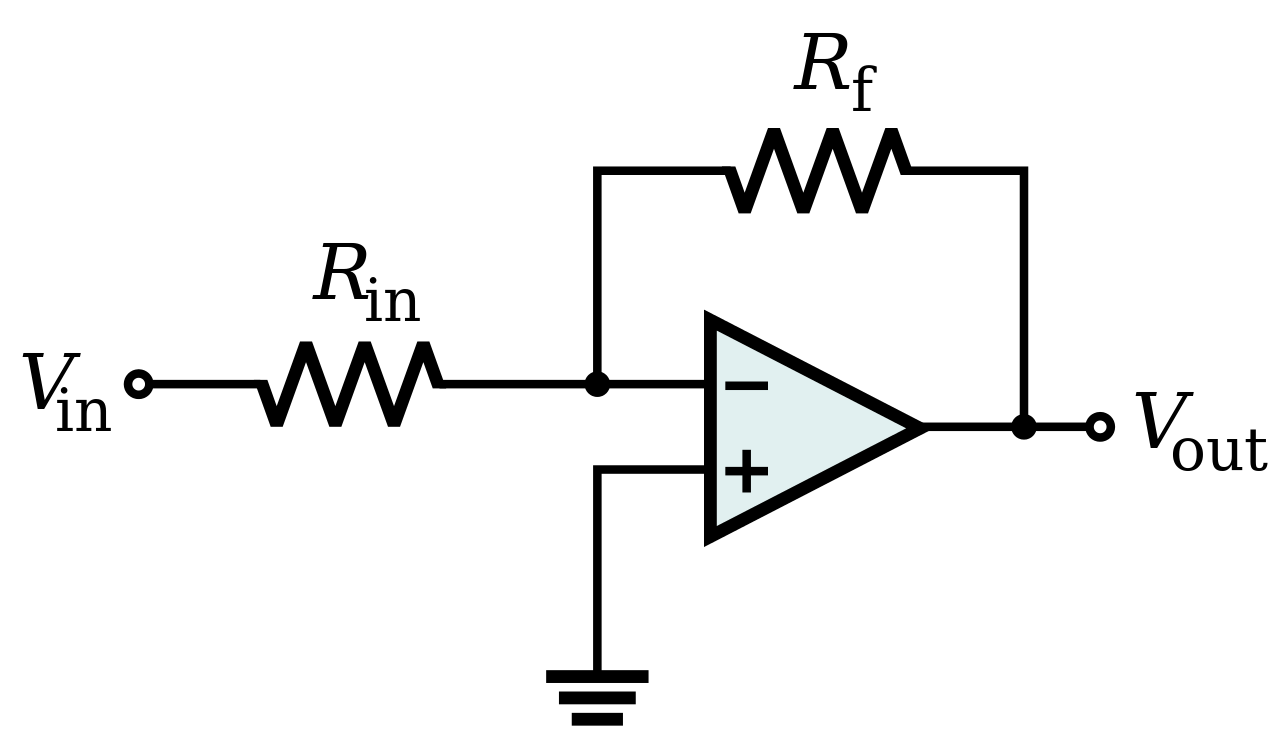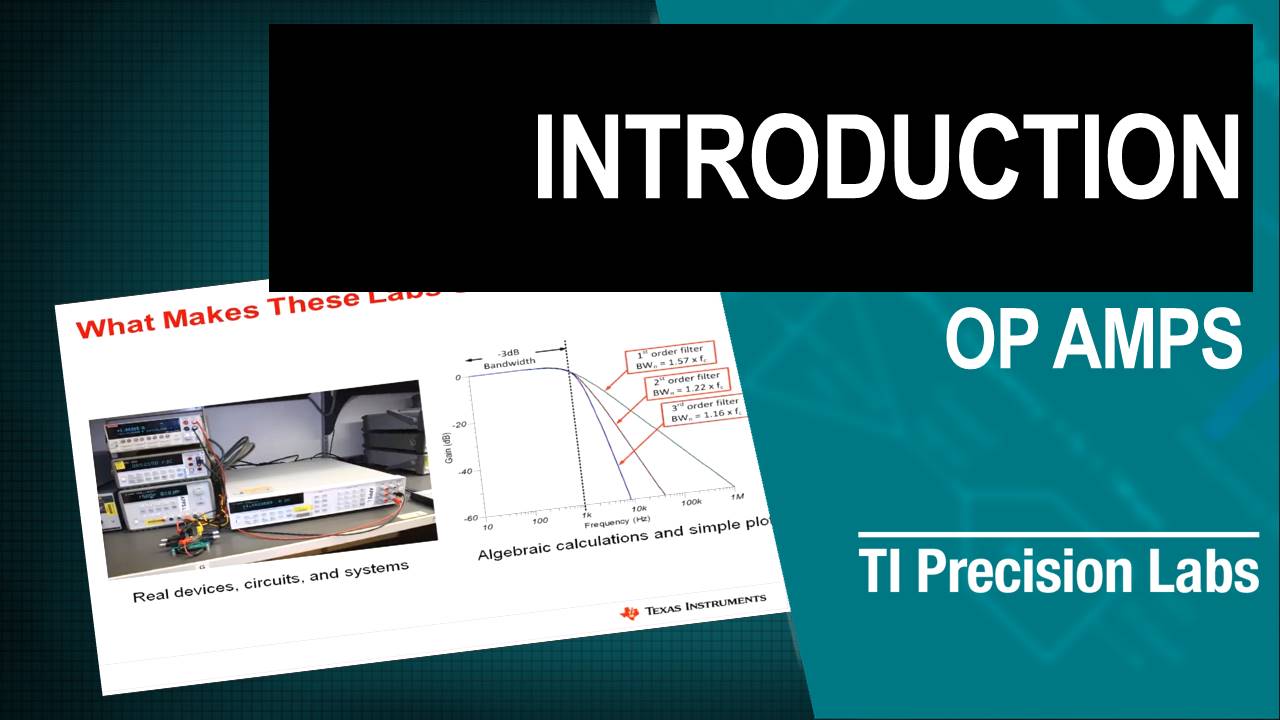noor84
Member level 5
Hi all,
I am confused about the operation of the OP-AMP! please could anyone explain the following?
1- in the Bode plot we measure (DC gain), is the OP AMP used to amplify the DC or AC signal?
2- How would we say the OP AMP always amplify the difference between the two inputs (+ and -), and at the same time, the OP AMP try to make the two inputs equal? so if the two inputs reached to be the same then there is no amplification because the difference is zero?!! so how does the amplification done?
3- How can the OP AMP work when we use the OP AMP as a summing DC signal and apply only DC on the input?
4- Is the OP AMP used to amplify only the AC signals or also DC signals?
I hope I get answers from you.
Thank you in advance.
I am confused about the operation of the OP-AMP! please could anyone explain the following?
1- in the Bode plot we measure (DC gain), is the OP AMP used to amplify the DC or AC signal?
2- How would we say the OP AMP always amplify the difference between the two inputs (+ and -), and at the same time, the OP AMP try to make the two inputs equal? so if the two inputs reached to be the same then there is no amplification because the difference is zero?!! so how does the amplification done?
3- How can the OP AMP work when we use the OP AMP as a summing DC signal and apply only DC on the input?
4- Is the OP AMP used to amplify only the AC signals or also DC signals?
I hope I get answers from you.
Thank you in advance.


